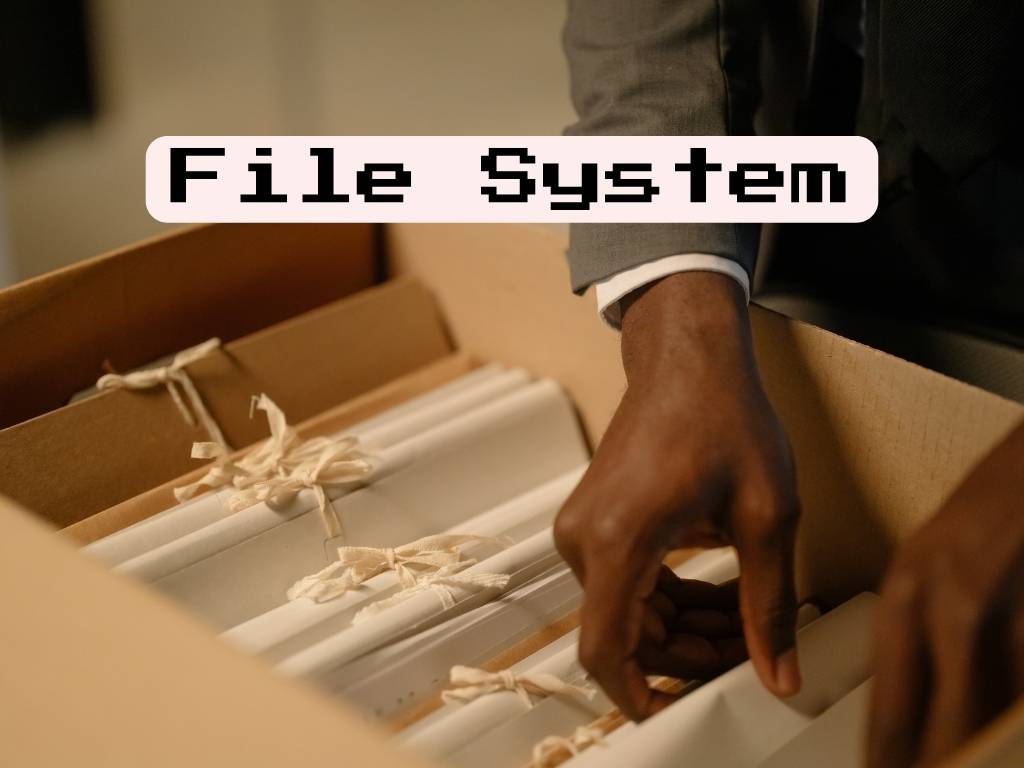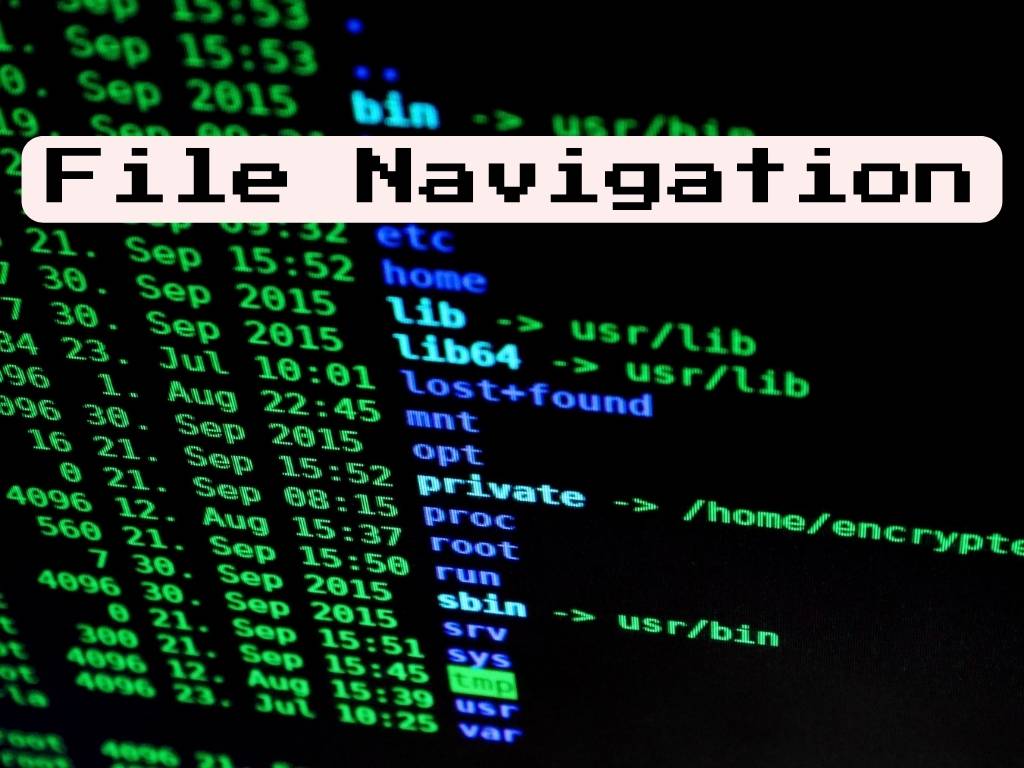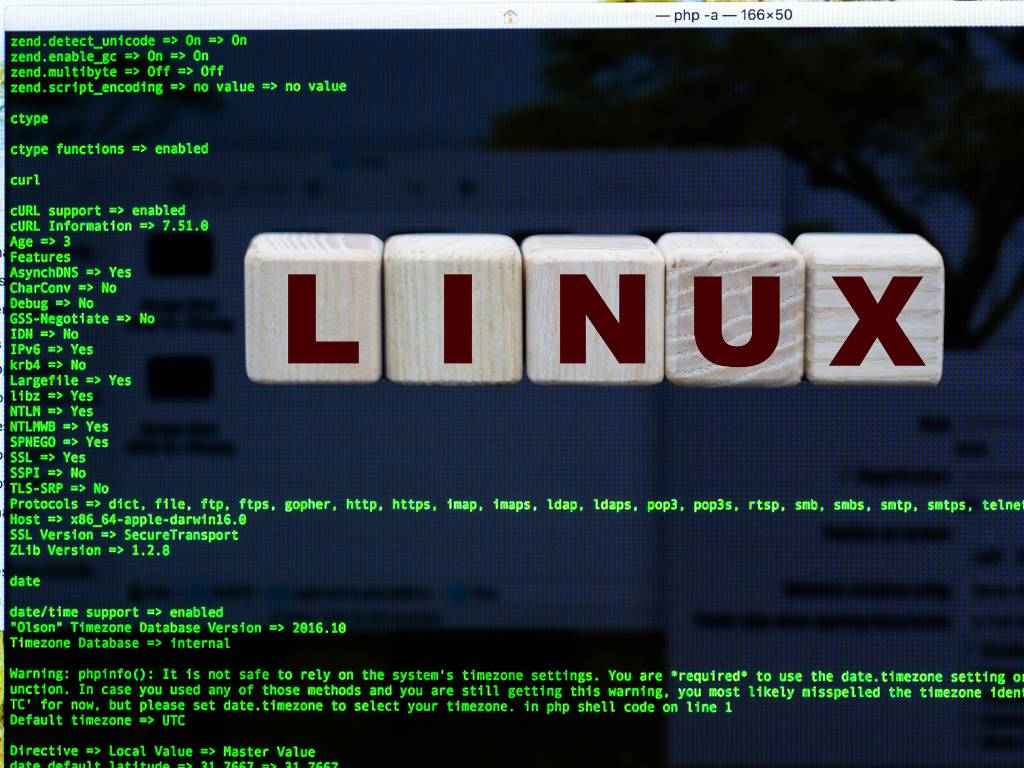Connect with us!

A Comprehensive Guide to Command Line Interface (CLI)
Command Line (CLI) is a powerful text-based interface that allows users to interact with a computer’s operating system by entering commands. This article will delve into the inner workings of CLI, its components, and best practices to optimize your experience.
Table of Contents
CLI Shell:
At the core of CLI lies the shell, which serves as an intermediary between the user and the operating system. Popular shells include Bash, cmd.exe, PowerShell, each designed for specific functionalities.
The shell handles various essential tasks, including command parsing, environment management, and process execution. Moreover, shells offer additional features for enhanced productivity:
- Command history: Easily access previously used commands using arrow keys or shortcuts.
- Input and output redirection: Efficiently redirect the input and output streams as needed.
- Piping: Connect the output of one command as the input of another, enabling seamless execution of complex tasks.
- Environment variable management: Customize your shell environment by setting variables, creating aliases (shortcuts), and automating repetitive tasks through shell scripts.
Working of Commands:
When a command is entered in the CLI, the following steps occur:
- The shell interprets the structure of the command, separating the command name, options, and arguments.
- It searches for the command name within its available commands, representing the desired action.
- The shell scans the system’s PATH variable, which contains directories holding system files, to find the associated command file.
- The CLI shell invokes the appropriate file, passing options and arguments as input.
- The operating system executes the necessary actions, producing various outputs (information, error messages, requested data, or operation results).
- The CLI shell displays the output, enabling users to view the command’s outcome.
- The CLI shell loops back, ready for the next command, creating an uninterrupted command-based interface.
Opening the CLI on Different Operating Systems:
Windows:
To access the CLI on Windows 8 or newer:
- Press the Windows key and “S.”
- Type “cmd” into the search field.
- Right-click “Command Prompt” and choose “Run as Administrator.”
- You can now enter commands.

Mac:
To open the CLI on a Mac:
- Locate the Finder application, usually on the toolbar.
- Navigate to /Applications/Utilities.
- Select “Terminal.”
- You can now enter commands.

Linux:
Linux offers a straightforward method to access the CLI:
- Use the keyboard shortcut CTRL+ALT+T.
- Alternatively, use ALT+F2 and enter “gnome-terminal”.

Common CLI Commands:
CLI commands differ slightly across operating systems. Here are some popular commands:
File system commands:
- Windows: cd (change directory), dir (list files), mkdir (create directory), rmdir (remove directory), copy (copy files), move (move files), ren (rename files), type (display files), del (delete files), cacls (change permissions).

- Linux: cd (change directory), ls (list files), mkdir (make directory), rmdir (remove directory), cp (copy files), mv (move files), mv (rename files), cat (display files), rm (delete files), chmod (change permissions).

Network commands:
- Windows: ping (test network connectivity), tracert (trace network route), ipconfig (view network configuration), route (view routing tables), nslookup (perform DNS lookup), netsh (configure network settings), netstat (display network statistics).
- Linux: ping (test network connectivity), traceroute (trace network route), ifconfig (view network configuration), route (view routing tables), nslookup (perform DNS lookup), netstat (display network statistics).
Information commands:
- Windows: tasklist (list processes), taskkill (end processes), systeminfo (system information), wmic/fsutil (disk usage), perfmon (system monitoring).
- Linux: ps (list processes), kill (end processes), uname -a (system information), df (disk usage), top/htop (system monitoring).
CLI Best Practices:
To make the most of CLI, consider the following best practices:
- Ensure precision: Familiarize yourself with commands before execution to achieve desired results. Avoid variations or spelling mistakes.
- Restrict non-privileged access: Limit CLI usage to trusted individuals, reducing unnecessary interaction with critical resources and preventing unauthorized access.
- Keep your system updated: Regularly updating your CLI ensures optimal performance, bug fixes, performance improvements, and enhanced security through timely security patches.
- Maintain activity logs: Logging all CLI activities aids in change detection, identifying suspicious behavior, and troubleshooting potential issues.
Conclusion:
Command Line Interface (CLI) offers an efficient way to interact with computer operating systems through text-based commands. Its powerful capabilities, when combined with the best practices mentioned, guarantee a seamless and secure user experience. Embrace CLI as your reliable companion in navigating the depths of your operating system.







